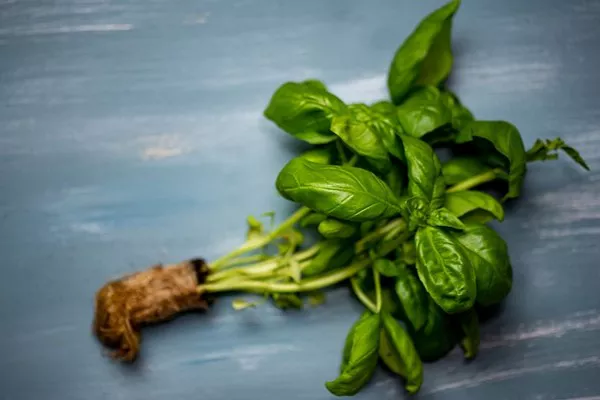NASA is embarking on a groundbreaking endeavor to cultivate plants in space, with a focus on lunar exploration through the Artemis program. Collaborating closely with a team from the Centre of Excellence in Plants for Space (P4S) in Australia, the initiative, known as Lunar Effects on Agricultural Flora (LEAF), aims to gather crucial data on plant growth and development. This data will be instrumental in advancing our understanding of utilizing plants for both sustenance and life support during extended space missions.
The LEAF project, slated for a proposed launch in September 2026, is a multifaceted endeavor led by Space Lab Technologies and supported by an international cadre of researchers, including scientists from the University of Adelaide and La Trobe University. Additional analysis will be conducted by the P4S node at the University of Western Australia.
According to SpaceLab, the project’s objective is to study physiological responses at a molecular level by analyzing seedling samples brought back to Earth as part of the Artemis III mission. This endeavor marks a significant step forward in space agriculture, with only one previous payload, the 2019 Chinese Chang’e 4 mission, having studied plants on the moon.
Jenny Mortimer, Chief Investigator at P4S and associate professor at the University of Adelaide, emphasizes the myriad challenges inherent in growing plants in space. “The main challenge is the harsh conditions, including vacuum, extreme temperatures, and radiation,” Mortimer explains. “In addition to providing essential resources such as light, water, and nutrients, we must also shield plants from radiation and maintain a sealed atmosphere with thermal insulation.”
To address these challenges, the LEAF chamber has been designed to operate autonomously, mitigating the need for constant astronaut intervention. Professor Mathew Lewsey from La Trobe University details the chamber’s specifications, noting its weight of approximately 40 kg and volume of 35 cubic centimeters. Astronauts will deploy the chamber on the lunar surface, where it will be powered by solar panels and initiate plant growth through a hydroponic system.
One of the key hurdles faced by the project is ensuring water reaches plant roots in microgravity. Mortimer highlights the chamber’s adaptive design, which allows for plant growth with or without the presence of gravity. The project aims to identify plant species suited to controlled growth environments, focusing on factors such as size, growth rate, and nutritional value.
The selection of plant species for the experiment includes Arabidopsis, Wolffia (a type of duckweed), and Brassica rapa (related to bok choy). Mortimer underscores the suitability of Wolffia for space cultivation, citing its high nutritional value and rapid growth rate. Brassica rapa is identified as an ideal pick-and-eat crop, while Arabidopsis serves as a valuable model plant due to its well-established research utility.
As the LEAF project advances, researchers are optimistic about the insights it will yield regarding the feasibility of sustained plant cultivation in space environments. With the Artemis program poised to return humans to the moon, the successful cultivation of plants in space could mark a significant milestone in humanity’s quest for extraterrestrial exploration and colonization.


